|
Middle-of-the-road. Middle-child-syndrome. When it comes to lenses you would be hard-pressed to find another optical specification that seemingly fits either of those epithets more closely than a plain ol' 200mm f/4 prime. A middling focal length, a middling maximum aperture, middling size and weight, and no optical development for almost fifty years...all of these added together must up to a middling "meh" experience. Or do they? Could it be that this valedictorian of the Class of the Overlooked is actually an overachiever and more than the sum of its moderate specifications? Well, you will have to decide that for yourself :-).
10 Comments
Updated Oct. 20, 2023 When it was released as the first of the AI-s Nikkors in February of 1980, the 55/2.8 Micro-Nikkor sported a 2/3-stop faster maximum aperture than its AI predecessor and, in a first for a Micro-Nikkor, Close Range Correction (CRC). CRC was Nikon's fancy acronym for a "floating" element focusing system. In contrast to a standard "fixed" focusing mechanism, where only one lens block or group moves to achieve focus, a floating system adds a mechanism to provide the capability to move another lens block or group in addition to the primary focusing unit. In virtually every category, the new lens offered improved optical performance to the older one. Yet, today, the popularity of the 55/2.8 is no greater than that of the 55/3.5, and dollar values are basically a wash despite the 2.8's greater complexity and performance potential. Weird. But how come? Let's dig in. By the time the 1990s rolled around, Auto Focus (AF) 35mm SLRs had become the de facto standard for amateur photogs and were well on their way to domination amongst professionals, too. Manual focus (MF) market share had fallen to less than 10% of total SLR production by 1989. As is common when such market shifts occur, manufacturers will often try to compensate for a loss of sales volume by trying to sell higher-margin products. And so it was in the early-'90s: you had dirt-cheap (often sub-contracted), beginner-targeted MF SLRs on one hand, and a retro-wave of premium manual exposure, mechanical-shuttered models at the other, with the previous mid-level MF models all but abandoned. Ever since the advent of practical auto exposure models, there was a small, but vocal, group of hardcore traditionalists who railed against the constant march of automation & polycarbonization of their beloved SLRs. This niche market may have been small, but to the manufacturers with either zero AF market presence (READ: CONTAX, Leica, Olympus), or a relatively strong base of MF users (READ: Nikon) it was one definitely worth pursuing. This is their story... If the Minolta MD Rokkor-X 100/2.5 we looked at previously is the definition of a sleeper, the subject of this post is anything but. I feel quite safe in postulating that there has been more virtual ink spilled over the Nikkor 105/2.5 (in all its guises) than any other medium (75-105mm) telephoto of the vintage 35mm era :-). Well, let's spill a little more, but hopefully we will cover some fresh territory in the process and see why Nikon kept this lens design all the way to the end of the film era in the early 21st century and why it remains one of the best performance-to-price ratio vintage lenses you can lay your hands on today :-). Updated Mar. 8, 2024 So where does our fixation with Top Ten Lists come from, anyways? Letterman? The Ten Commandments? Well, if you can't beat 'em.....Here, for your casual perusal, is a chronological consideration of ten important Japanese SLRs that pushed the development of such cameras forward for over 30 years. This is not to say that these are the 10 "top" or "best" SLRs of all time (far be it for me to be the arbiter of such things ;-)), and some may be less familiar than others, but all of them had an undeniable effect on the industry or market as a whole. Let's dive in :-). Updated Mar. 8, 2024 As the purveyor of choice for professional SLRs for over three decades, it shouldn't come as a surprise that Nikon was among the more conservative of manufacturers. After all, most professionals in any field are inclined to stick with the tried-and-true over any newfangled gee-whizzery that comes along. Case in point: the original F lasted in production for 14 years, the whippersnapper F2 for 9, and the last bastion of manual focus pro Nikons, the F3, stuck around for 21 years. Likewise, the enthusiast-targeted FM/FE/FA platform barely changed in layout (a couple of minor control changes from the original FM to FE in 1978, and in the final FM3A model of 2001 being the biggest modifications) in nearly a quarter-century of production. So when Nikon did make major design changes, even in their non-professional models, it was a...big...deal. The summer of 1988 brought such a change, the DNA of which has managed to leapfrog from the venerable F-mount (in both film and digital forms) to the latest Z-mount mirrorless models. Worst of all for Nikonistas, it originally came from C...C...C...Canon (aaauuuggghhh!!!). Updated May 10, 2024 Ka-Chang! Ka-Chang! Ka-Chang! The 1980s were anything but unobtrusive, so it should come as no surprise that the N2000 (F-301 outside of the US & Canada), Nikon's first SLR with internal, automatic film winding, was not bashful in its efforts to advance 35mm film to the next frame. This by no means distinguished it from its peers as there were no truly quiet motorized film advances until the '90s came along. Long spurned by Nikonistas due to its cardinal sins of: 1) Complete battery reliance, 2) Hybrid construction (READ: it's not all-metal...gasp!), and 3) Automation for everything but film rewind and auto focus, the N2000 is an all-time sleeper among Nikon SLRs (although the ruckus it makes when you squeeze the shutter release would serve as an effective alarm tone on your smartphone ;-)). It was Nikon's last proper, in-house, clean-sheet, manual focus SLR design (don't get me started on the FM-10/FE-10 imposters or the oddball N6000/F-601M that supposedly replaced the N2000, but was just a de-contented MF version of the AF N6006/F-601). But there was more to this under-the-radar SLR than just a fancy film advance system. Updated June 21, 2024 It is common knowledge among Nikonistas that the Series E line of lenses are unworthy of the Nikkor designation, due to the copious amounts of "plaaaastic" in their construction and their intended audience of wet-behind-the-ears beginner hacks (the only thing worse than "plaaaastic" to a Nikonista is a "baaaattery", always uttered with head reared back and clenched fists shaking at the heavens). Even having "Nikon" engraved on these "re-badged third party" lenses went way too far for these gatekeepers. Seeing as the little EM consumer SLR that the E lenses were designed for deservedly "failed" on the market (selling a paltry 400,000+ units in its first full year of worldwide distribution and "only" 1.5 million in less than 5 years overall) it should come as no surprise that the Series E line of lenses turned out to be one of Nikon's greatest blunders. Read on to see how they barely survived and the lessons they learned (or rather, failed to learn ;-)). Updated Feb. 17, 2022 Maybe tomorrow, I'll find what I call home, Until tomorrow, you know I'm free to roam. So if you want to join me for a while, Just grab your hat, come travel light, that's hobo style. -- excerpt from "Maybe Tomorrow", theme song from "The Littlest Hobo" -- The revival of The Littlest Hobo aired on Canadian television from 1979 to 1985 and continued in syndication throughout the rest of (and beyond) my childhood. I didn't like dogs much at the time so I thought that the show was by turns hokey, cheesy, lame...you name it (Macgyver was far more suited to my rarefied juvenile tastes and definitely not cheesy or hokey at all ;-)). Little did I realize that a similar situation was occurring simultaneously in the world of Nikon SLRs. Please allow me to introduce the hobo family of Nikon SLRs that was introduced in 1979 and discontinued in 1985 (coincidence or convergence? You be the judge ;-)). Updated May 2, 2023 Three decades...Six (and-a-half ;-)) models...ONE platform. Approximately 4.5 million bodies sold. That makes the compact enthusiast/semi-professional manual focus line of Nikon SLRs the longest-lived chassis in the history of the marque, and arguably, the most successful. Spurred on somewhat by the success of the Olympus OM bodies but mostly by the groundbreaking Canon AE-1, Nikon's foray into the world of compact SLRs first bore fruit in 1977 with the FM, and ended up with an "old vines" distillation of body and flavor with the FM3A in 2001. But there was a lot of ground covered between those bookends. So which one will be right for you? Let's dig in :-) Updated Mar. 9, 2024 With only a two-and-a-half-year market life (Spring 1983 - Winter 1985), it might seem that the Zoom-Nikkor 50-135/3.5 AI-s was a failure (just over 31,000 produced) for Nikon. Adding to this perception is the fact that it never made the transition to auto focus (AF), as did its pseudo-successor, the much longer-lived AI-s 35-135/3.5-4.5 (almost 92,000 produced from 1984 - 98 in MF and over 282,000 produced from 1986 - 98 in AF form). But when we dig a little deeper, a fascinating (for a lens geek, anyways ;-)) tale emerges. What were the real reasons for the 50-135's untimely demise? Here is the story of a sleeper Nikkor lens...one that still performs surprisingly well in the current digital age. Updated Nov. 3, 2021 In an earlier article, we looked at the differences between the Nikon F3 & F4 and how they might affect your purchase and/or usage of either body. Not being able to leave well enough alone, I thought, "seeing as you can purchase an excellent F2 Photomic or Photomic A or a plain F3 for $250 - $300 USD, what if we tried the same sort of comparison between the F2 and F3?" I mean, what could possibly go wrong in attempting a dispassionate, objective analysis of two excellent SLRs made by Nikon? Oh...right...we are dealing with two groups of people: 1) those that believe that the SLR reached perfection in 1971 and everything since is an abomination against the laws of nature, aka "Knights of the Order of F2" (referred to henceforth as KOTOOF2), and 2) everyone else. ...waits 5 seconds... Okay...now that the pitchforks, torches, burning effigies, and other accoutrements to a rational discussion are at hand, let's wind the clock back to 1980 and the seismic shift that occurred in the Kingdom of F. Updated June 18, 2022 "plus ça change, plus c'est la même chose" - Jean-Baptisite Alphonse Karr c. 1849 or as it is commonly rendered en Anglais: "the more things change, the more they stay the same" As of the spring of 2019, this maxim still rings true in the photographic equipment world (and the larger world in general :-)). ***FAIR WARNING*** - This series of articles contains numbers (please, no), history (bleccch!), and eventually, analysis (make it stop!). 678 Vintage Cameras cannot be held responsible for drowsiness, general lethargy or any other sleep-inducing effects should you choose to continue. Parallels are about to be drawn between the digital and film eras, which will be an immediate turnoff for adherents of the "either/or" crowd, and therefore an utter and complete waste of such a person's time. (As opposed to the standard waste of a person's time that this space traditionally occupies ;-)) Now that we've got that out of the way (is it too early in the spring for crickets to be out and about?), let's see how a 170-year-old saying relates to events in the camera industry today. In this first portion, we will look at the present state of affairs and some underlying factors, and Part 2 will deal with the breathtaking details of the Auto Focus revolution of the 1980s. (I swear I keep hearing crickets...) In automotive circles, the "sleeper" has a long and roguish history. Take a plain-Jane car and throw some serious performance bits under the hood and prey upon the unsuspecting (bwahahaha). A frumpy four-door with a quiet (at least at idle) exhaust makes it even tastier :-). When it comes to old SLRs, there is no such post-purchase hopping-up per se, but there were enough models that followed the spirit of the sleeper as far as looks and features went to make things interesting. The bonus today is that you can snag one of these soporific snappers for a fair bit less than their more-celebrated contemporaries, while giving up very little (if any) outright performance. Now, if I happen to leave out your favorite flies-under-the-radar film-burner, don't get uptight. Feel free to mention my misses in the comments, and who knows, maybe we will have to do a sequel. So...in no particular order... Just sit right back and you'll hear a tale, a tale of a fateful slip that happened to three companies who thought they were so hip... In Part 1, we focused on Pentax, Olympus, Nikon, and Minolta, respectively, as the first companies to introduce production auto focus (AF) 35mm SLRs in the early to mid-1980s. Although Pentax was the first-mover (1981), and Olympus & Nikon followed two years later, it was not until the introduction of the trendsetting Minolta 7000 in February 1985 that the AF SLR truly came of age. This was borne out by the other three manufacturers' abrupt decision to adopt Minolta's idea of AF motor-in-body (MIB) design, abandoning their previous allegiance to the motor-in-lens (MIL) philosophy. These companies' next AF SLRs bore an uncanny resemblance to the all-conquering 7000, at least in the lens mount area ;-). Minolta appeared poised to dominate SLR sales for the foreseeable future, yet within three years, they would be toppled from the peak and by the time the early-'90s rolled around, they would be back in their familiar third-place sales position that they had held from the early-'70s onward. So, even being the first successful AF SLR manufacturer was no guarantee of being the long-term winner. How could that happen? This time, we will take a closer look at the reaction to the AF revolution by the then-biggest fish in the SLR pond. Updated May 2, 2022 In the land of manual focus SLRs circa 1984, things were looking grim. That old implacable foe, "market saturation", had once again surfaced from the depths of the eastern Pacific to wreak havoc on the sales charts of the Japanese manufacturers. Over a decade had elapsed since its previous appearance in the early to mid-'70s. The proliferation of affordable autoexposure SLRs, from 1976 onwards, had not only blunted that attack, but had then led to the greatest sales extravaganza for 35mm SLRs, EVER. But now, the denizen of the deep was back with a vengeance and taking names. Internal motors for film advance, LCD displays, and angular '80s styling were doing nothing to stem the tide. Only another big-time innovation was going to give the SLR makers a chance. Their trump card? I don't know if Rodney Dangerfield was into photography, but if he was he must have used f/3.5 lenses, judging by the way he was always bugging his eyes out. Which would be understandable, because any half-baked photographer knows that f/3.5 is a raging vortex where photons go to die, leaving your eyes straining for the faintest trace of light. Not to mention the utter impossibility of achieving anything remotely resembling shallow depth of field (DOF) with such an infinitesimal iris. No proper lens jockey would be caught dead with such a miserable excuse for a photographic tool. So if you have any remaining shred of photographic self-respect, let me save you the trouble now of reading any further ;-). The 1980s were the heyday of the quality, yet relatively affordable, automatic auto focus (AF) 35mm camera. Competition was intense between manufacturers, and they were constantly trying to leapfrog one another in features and capability. Every year saw some kind of improvement until about 1988 or so, when the inevitable "race to the bottom" really started to heat up. Within this era, the years from 1983 to 1987 were arguably the high-water mark for quality and innovation, and some ingenious engineering. In this article, we are going to key in on a quirky category of cameras that served as a bridge between the original, fixed-focal-length AF point & shoots and the first P&S zooms: the temporary titans of P&S technology..the twin-lens (or bifocal) AFs. Updated Oct. 19, 2022 At first glance, the FE (along with its slightly-older sister the FM) is as nondescript a Nikon as there ever was. Its specifications are nothing out of the ordinary for a late-'70s enthusiast SLR: 1/1000 sec. fastest shutter speed, Nikon's venerable 60/40 centerweighted metering, sub-600 gram weight, and a seeming dearth of innovation. Looks? Nothing to see here people...move along...move along. Flanking the classic Nikon logo on the pentaprism housing are two virgin swathes of metal betraying no clue as to the identity of this wallflower. Only once you go to bring the camera to your eye is there the possibility of positive identification, that is, if your right thumb isn't already covering the tiny "FE" that precedes the serial number on the rear of the top plate. But don't sleep on the FE, there is more here than meets the eye ;-). Updated Mar. 8, 2024 Maybe it has something to do with the application of the term "vintage" to items over 30 years old, but there is a dead space for most cameras (and many other manufactured goods) that are in the 15 - 25 year old range. Not elderly enough to evoke nostalgia, and far from the cutting edge of current technology, they languish in a veritable no-man's-land. The subject of this article, the F90(X), is in such a place today. If you are a 35mm bargain hunter, and are willing to look past its plebeian polycarbonate pelt...your ship may just have come in :-). Updated Mar. 8, 2024 Coming-of-age. If any term could be applied to Nikon's auto focus SLRs from 1986 to 1991, that one has to be at the top of the list. The transition to AF maturity coincided with Nikon's rise to second place in the overall SLR market to essentially form a duopoly with Canon as the other members of the then-Big 5 (Minolta, Olympus, and Pentax) slid further and further behind, and in Olympus' case, dropped AF SLRs completely. The irony in all of this was that Minolta had gotten the drop on everyone and dominated the first few years in AF SLR sales with their groundbreaking 7000 model. Canon brought out their T80 FD-mount SLR a couple of months after the 7000, and it wasn't even close to the Minolta. So much so, that Canon abandoned further FD-mount AF development and began a crash program to come up with a completely new mount and SLR system. It would be two years before they brought out the EOS 650. For Canon, that would turn out to be time well spent, as the EOS cameras rocketed them to AF SLR sales leadership in rather short order. Nikon got on the board in April of 1986 (over a year after the 7000 made its not-so-subtle entrance). While the F-501 did not surpass the 7000, it was the first true competitor to the Minolta and gave Nikon a toehold (and critically, a one-year head-start over Canon to get established in the market) until they could bring out their second generation enthusiast AF SLR in 1988. By the mid-'90s Nikon had clawed their way past Minolta and tried to maintain pace with Canon in market share (which didn't happen, but they did comfortably establish themselves in second place :-)). Let the retrospecting begin... Welcome to the final installment of our "Choosing Manual Focus Lenses" series. In this article, we will look at the larger picture of lens sets in general and also check out a few options for specialty optics, such as macros and shift lenses.
Zoom lenses really started to come into their own by the late-1970s and became standard equipment with most SLRs by the mid-'80s. Versatility was the name of the game, with such optics sometimes enabling a photographer to replace up to 3 primes with one lens. However, this was not a free lunch; there were always compromises involved. Welcome to Part 2 of Choosing Manual Focus Lenses. We will now delve deeper into the categories of focal lengths and the differences between them. As in the previous post, we will be looking at this in terms of vintage 35mm format manual focus (MF) lenses, but you can use the principles for more modern glass and other formats. WARNING - There may some numbers involved! (I'll try to control myself ;-)) Fun With Focal Lengths In 35mm format: "Normal" lenses range from 40 - 58mm (with 50mm being by far the most common and was the basic kit lens offered with SLRs for years); Wide-angles go from about 28 - 35mm; Extreme wide angles from 15 - 25mm; Ultra-wide angles are less than 15mm; Telephotos from 65 - 300mm; and Super Telephotos are greater than 300mm. All of these categories are approximate, but you get the general idea. We will look at single focal-lengths and, in the next article, discuss how zooms combine several focal lengths into one lens and the advantages/disadvantages of doing so. One of the most daunting experiences for an SLR owner can be deciding which lenses to choose to achieve their photographic goals. The sheer number of possibilities can seem overwhelming when trying to narrow things down to a manageable kit, both expense- and weight-wise. Further complicating matters is that what works well for someone else may be entirely different than what will be best for you. Choosing lenses goes beyond mere quantitative measurements. Your aesthetic sense of how you see the world around you, along with the genres of photography you pursue, and the conditions you will be working in all have a direct bearing on which lenses will be most suitable for you. Too many of us have learned the hard way about which lenses are best suited to our needs and abilities. Trial and error does often eventually lead us to the right conclusions, but with a considerable amount of wasted time, energy, and MONEY. Could there be a better way? |
C.J. OdenbachSuffers from a quarter-century and counting film and manual focus SLR addiction. Has recently expanded into 1980's AF point and shoots, and (gack!) '90s SLRs. He even mixes in some digital. Definitely a sick man. Categories
All
Archives
June 2024
|
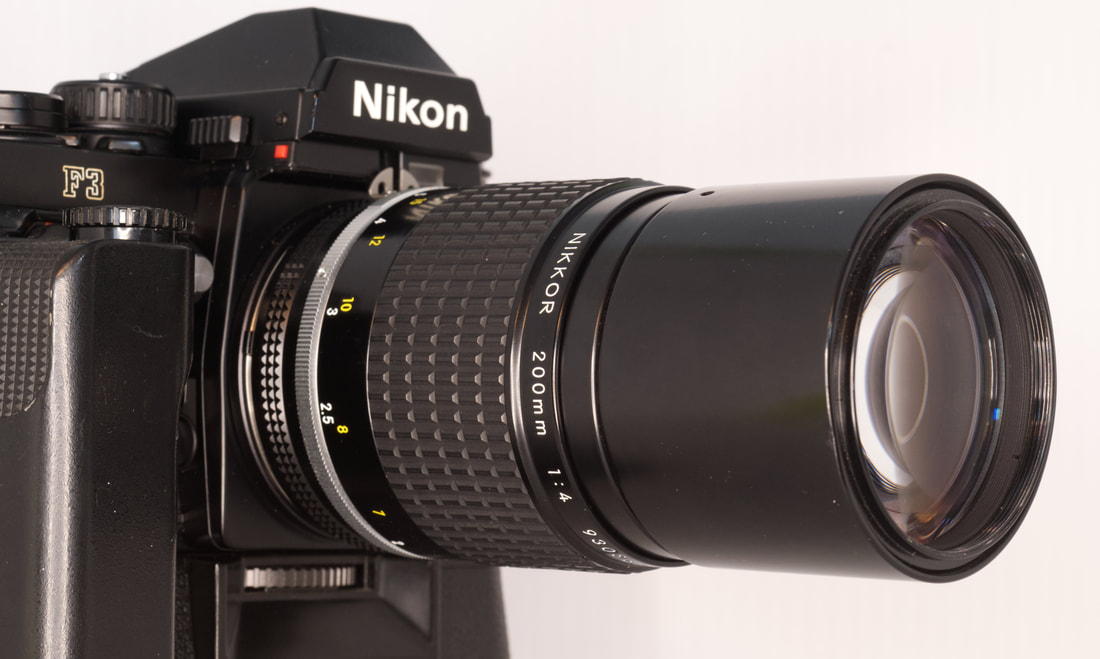

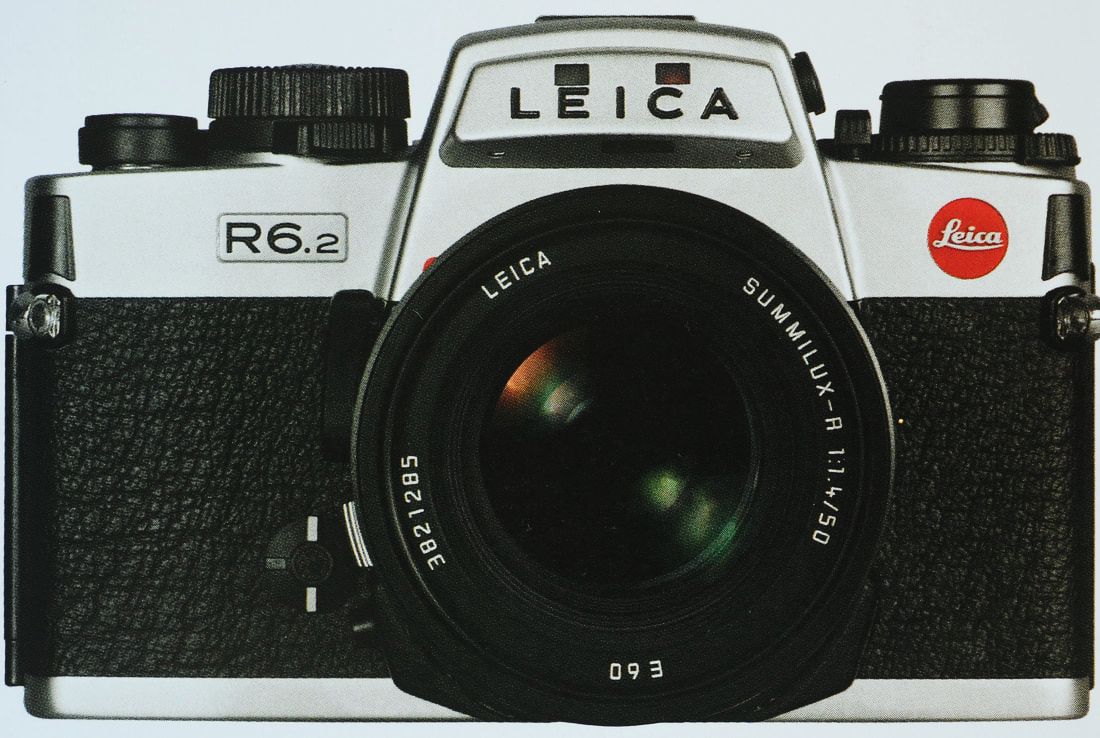
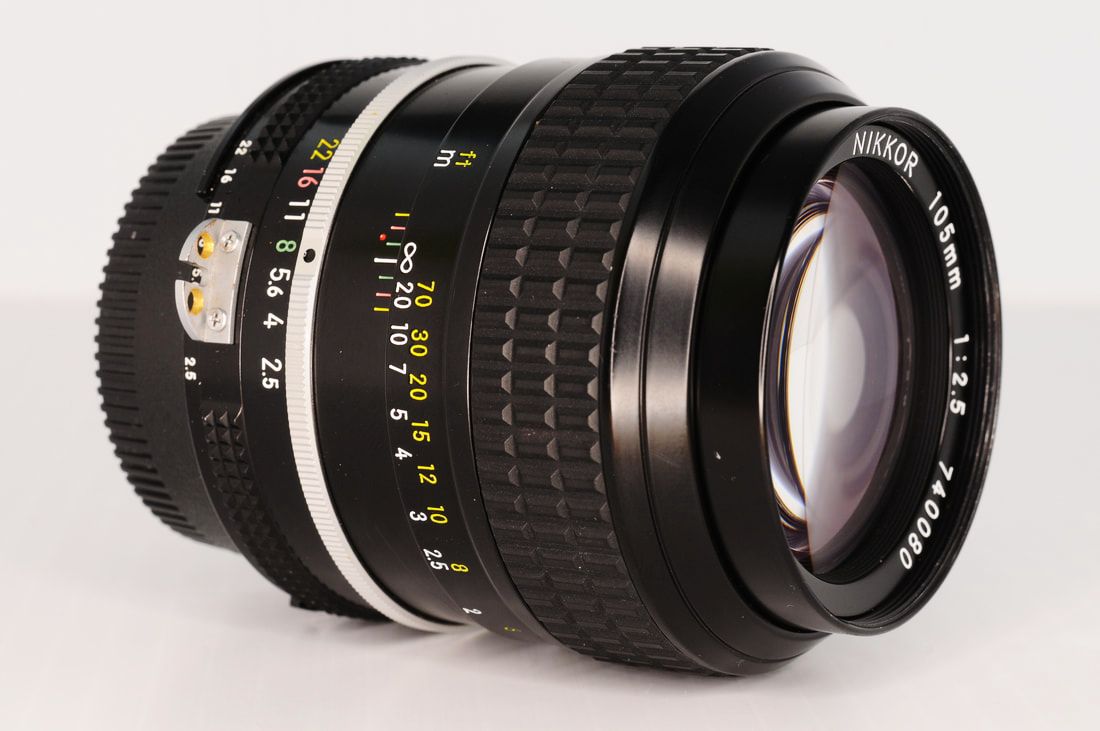
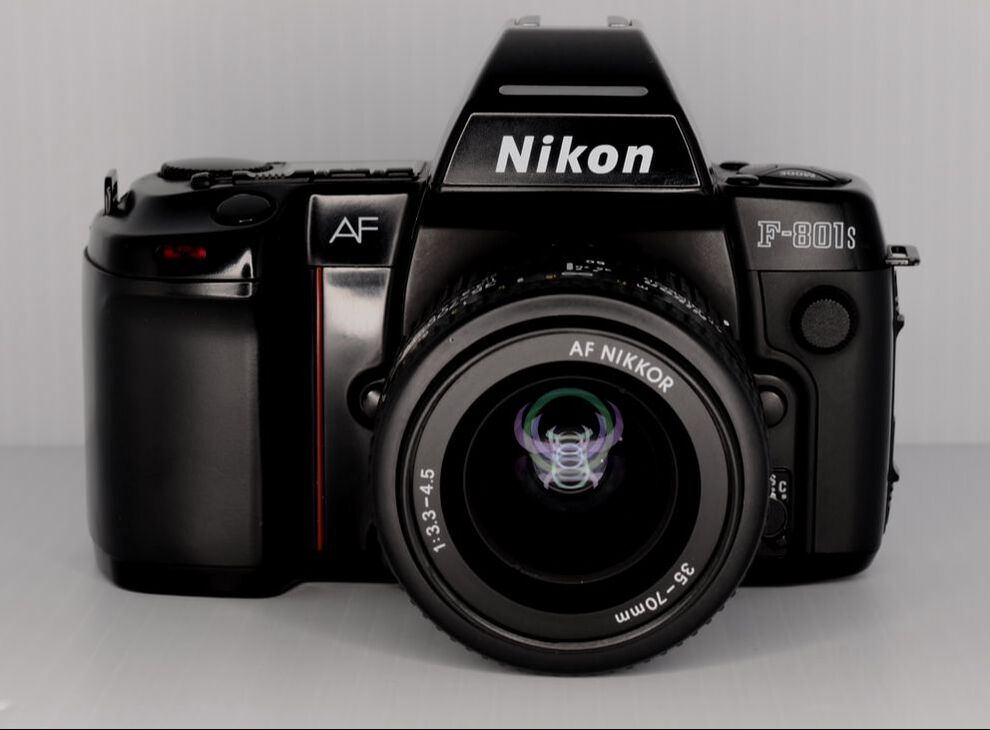
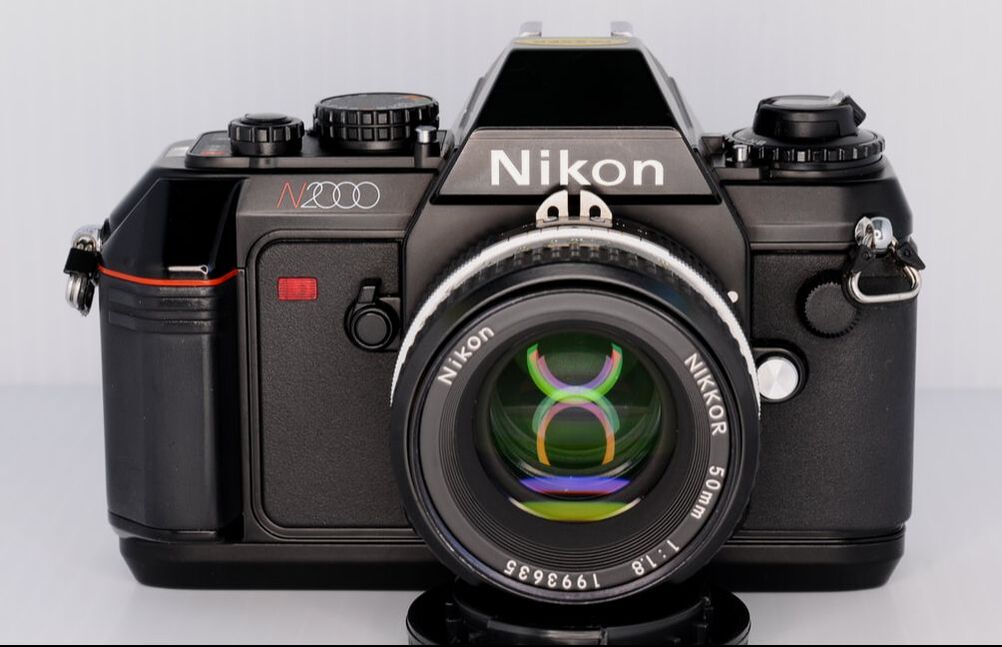
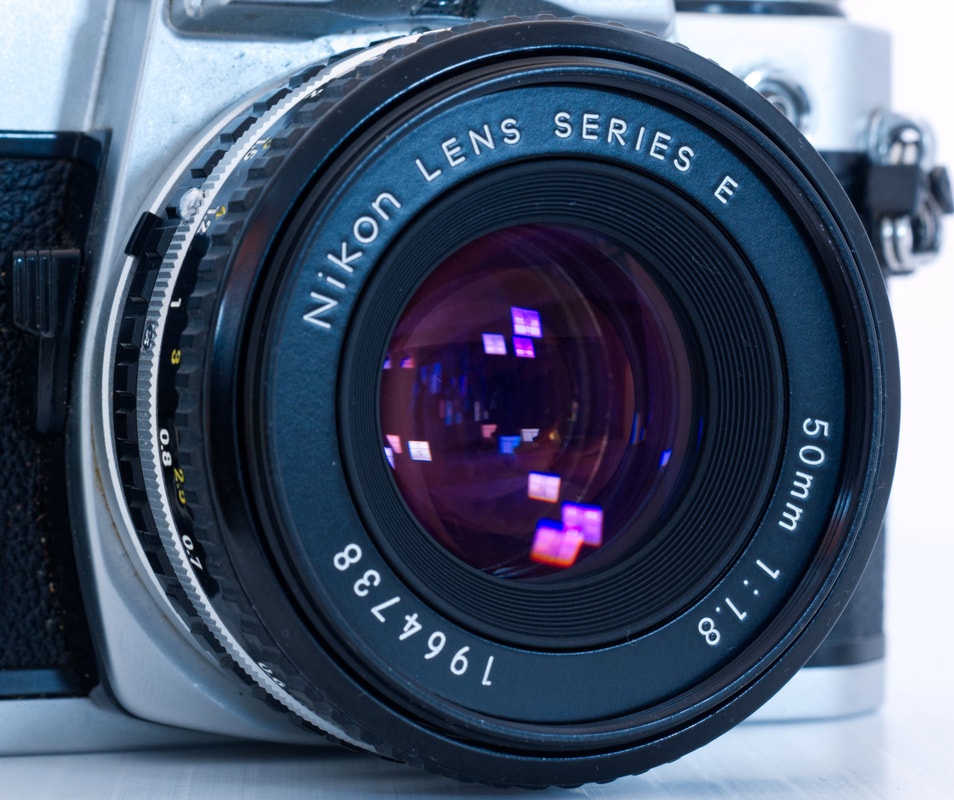
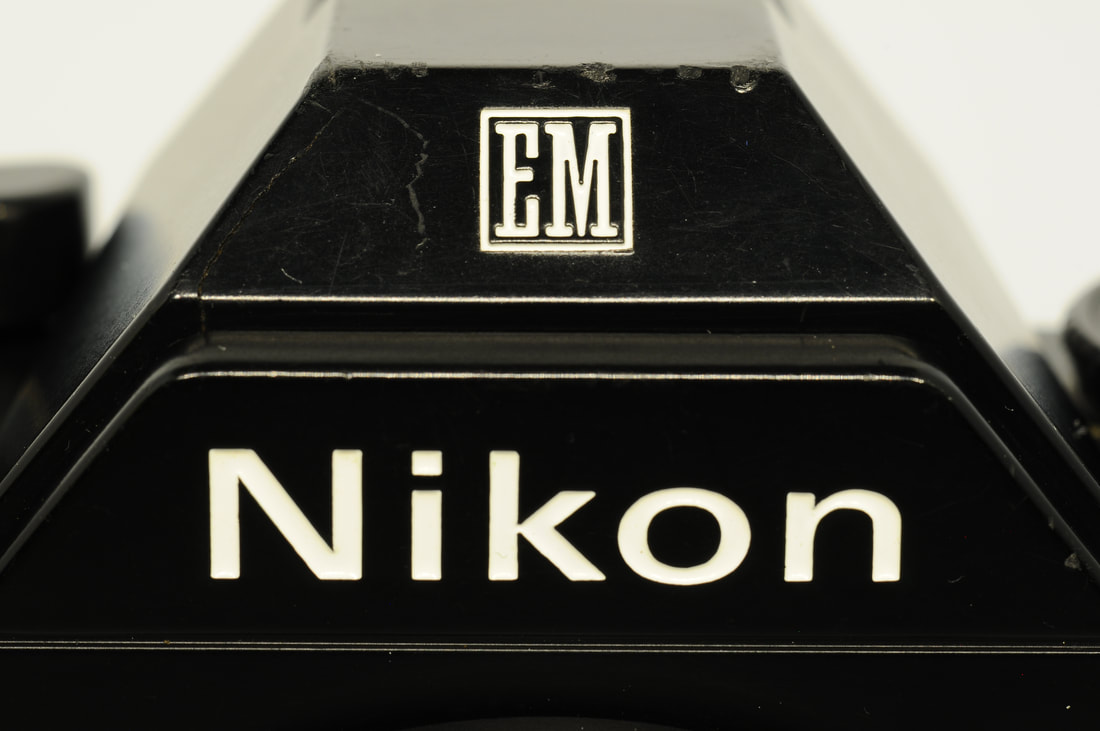
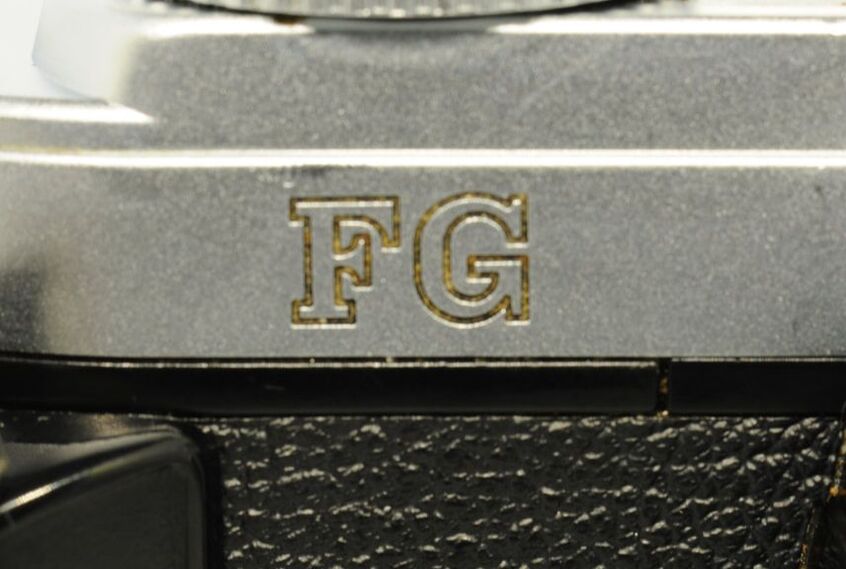
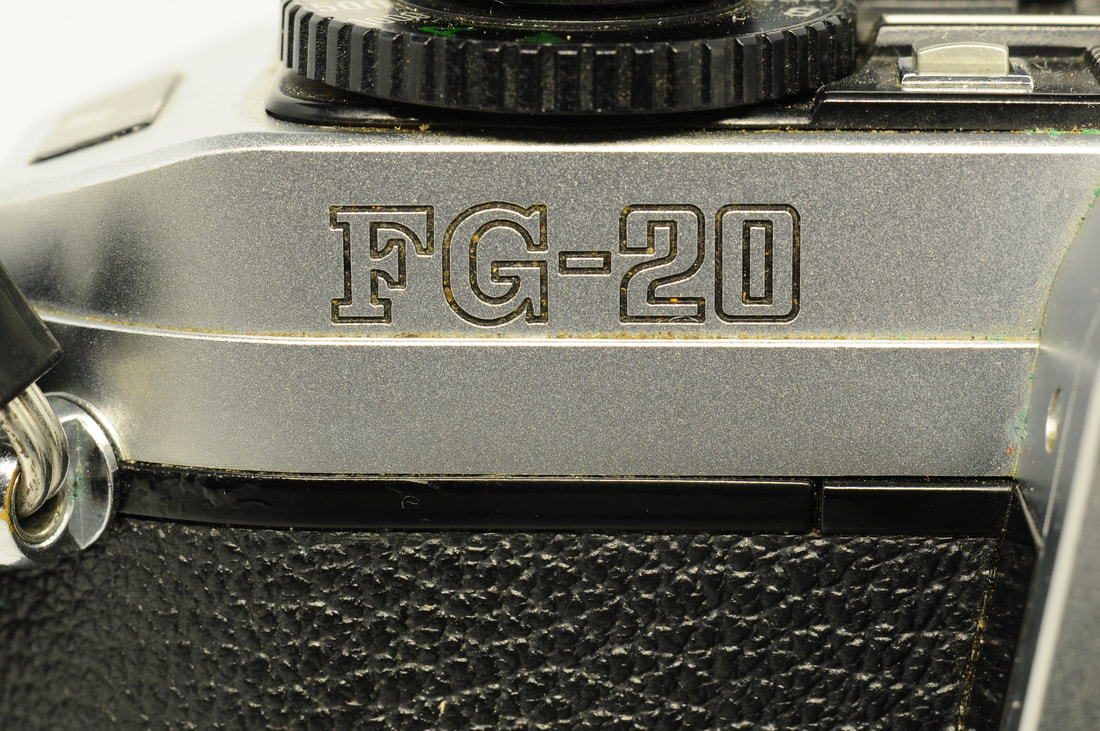
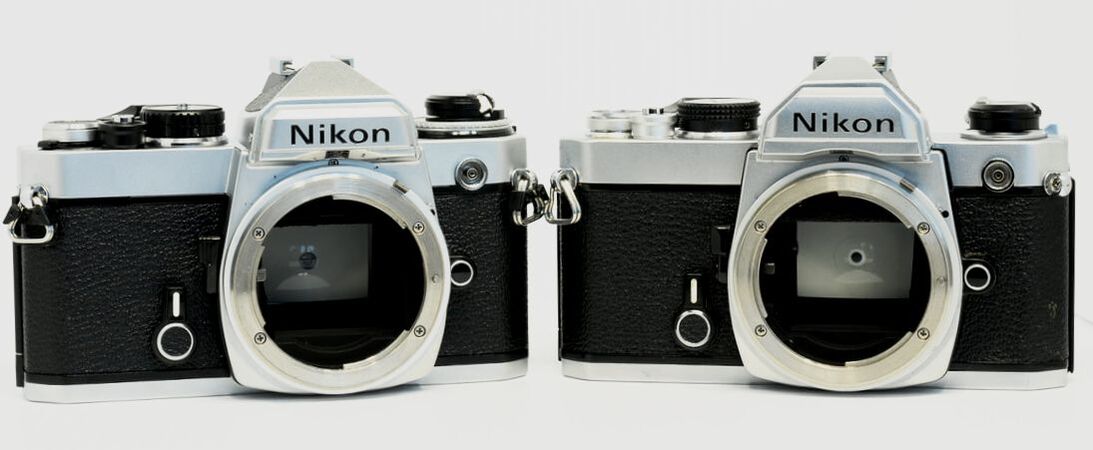
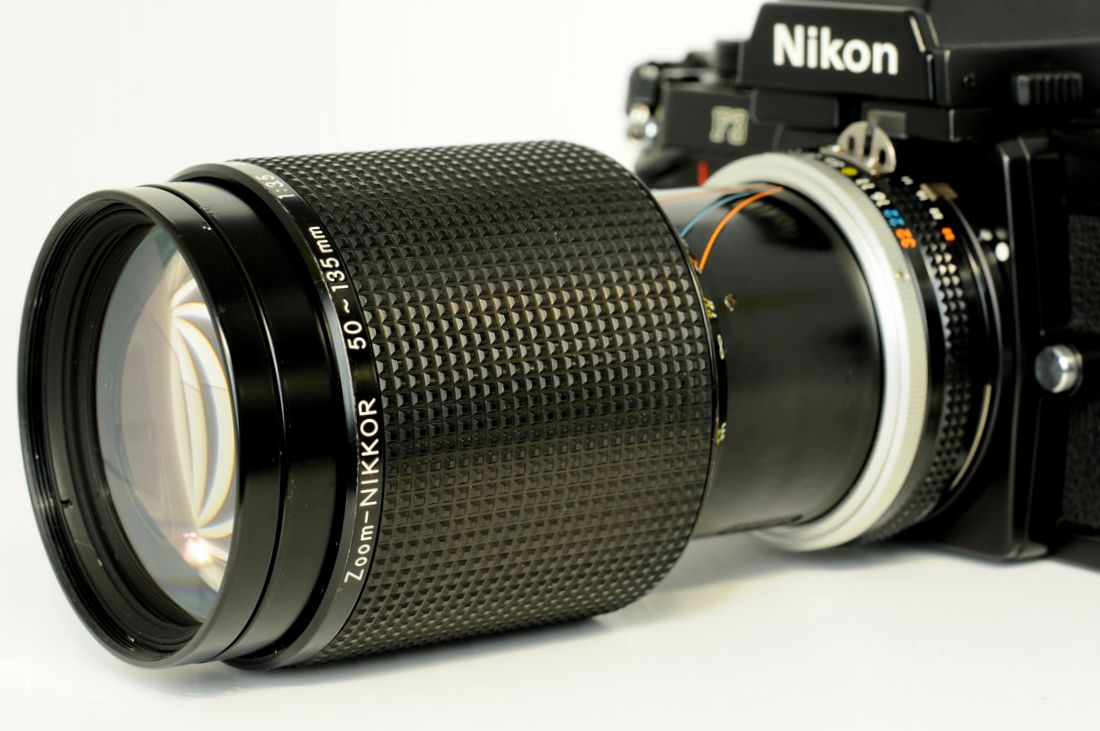
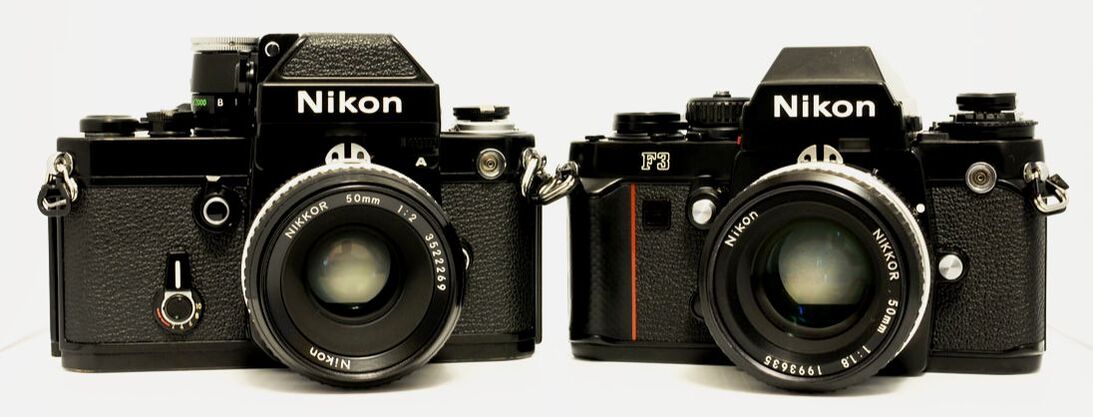
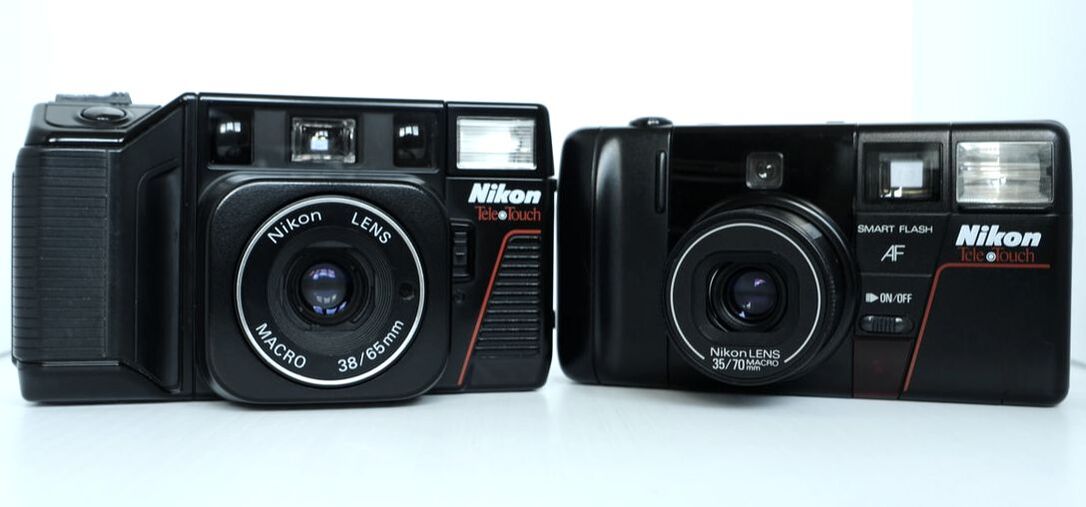
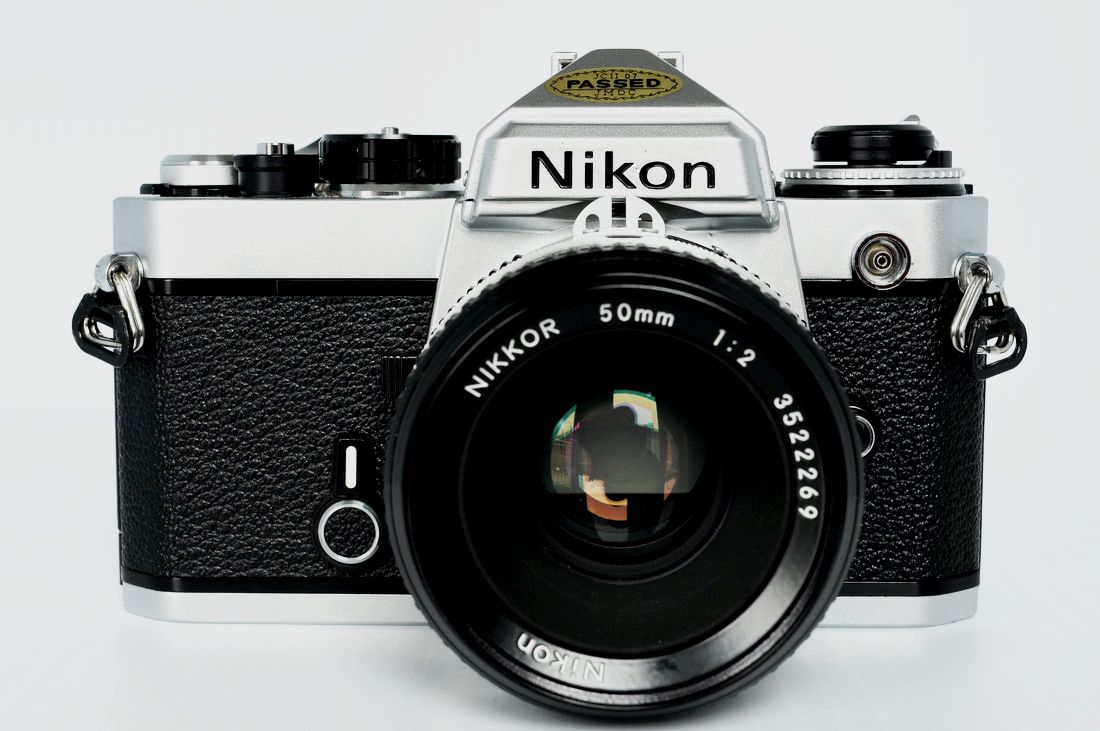
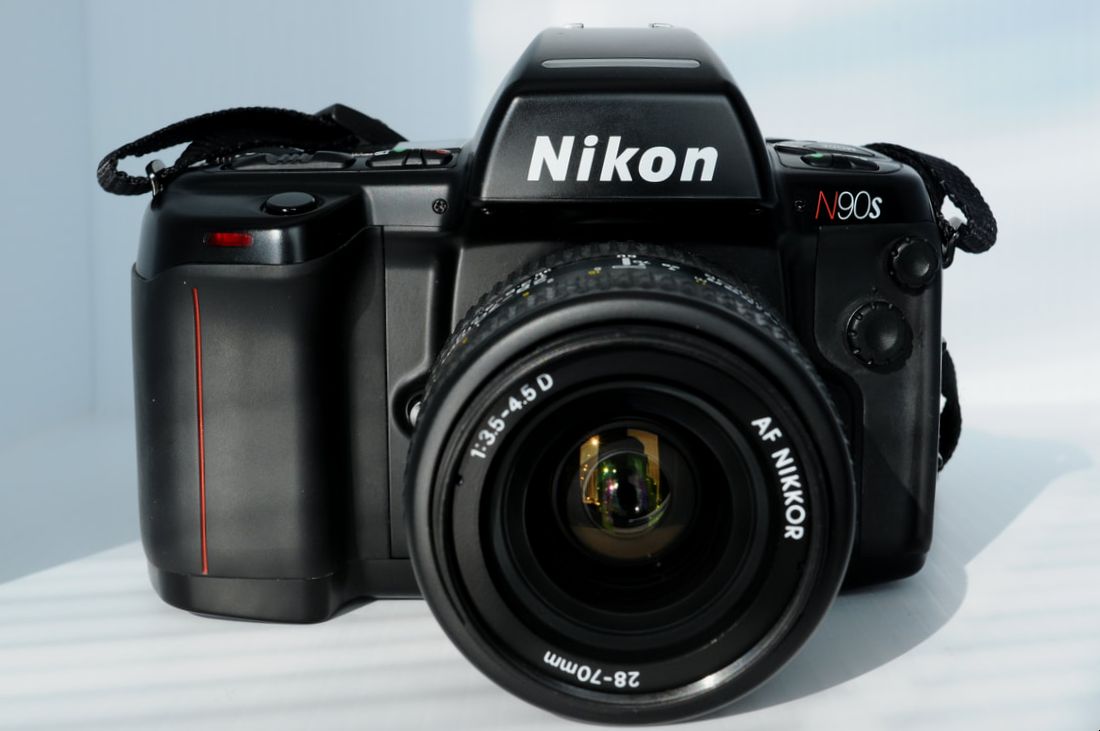
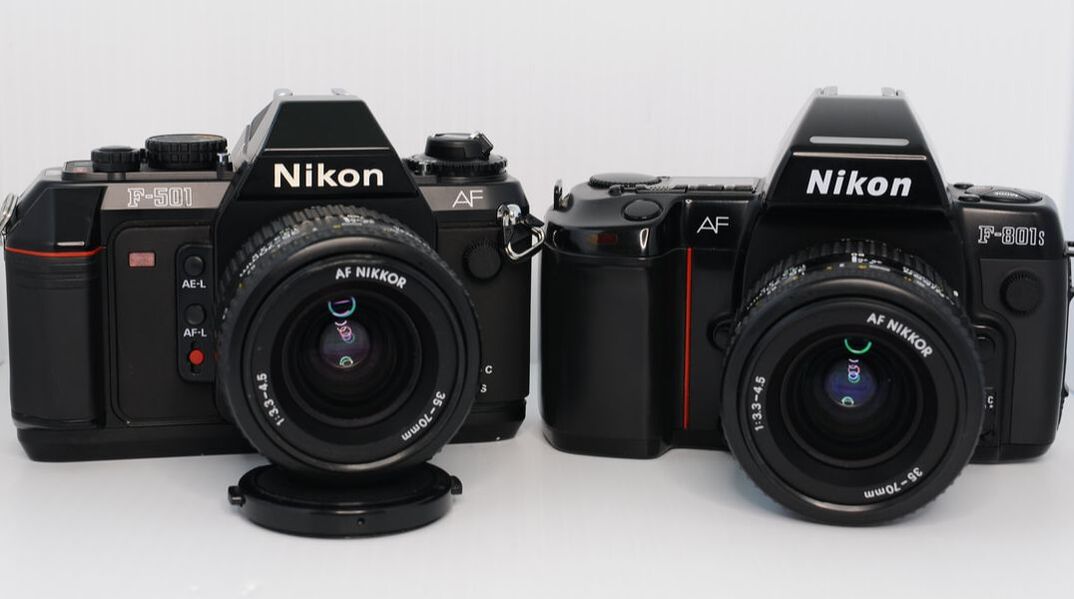
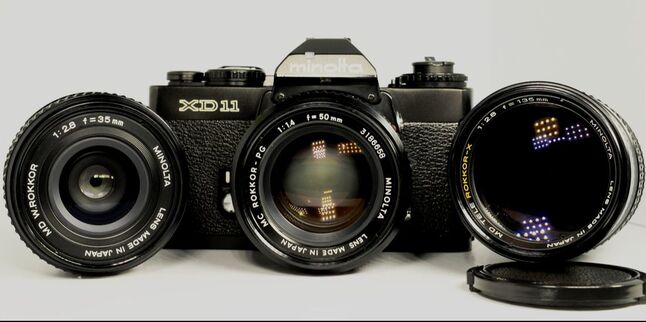
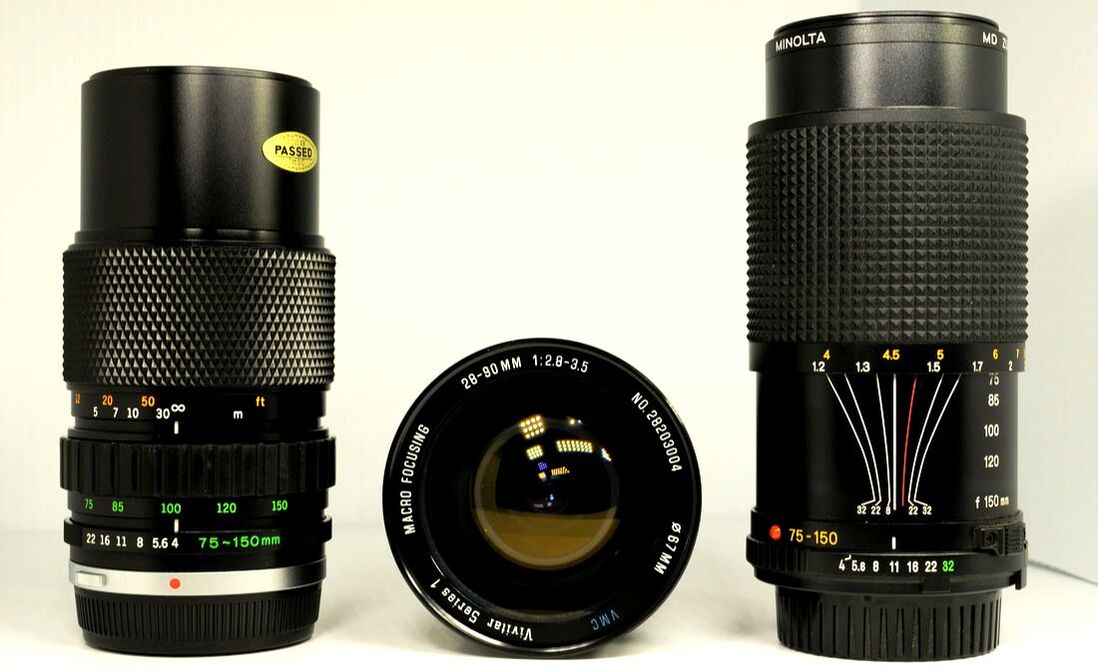
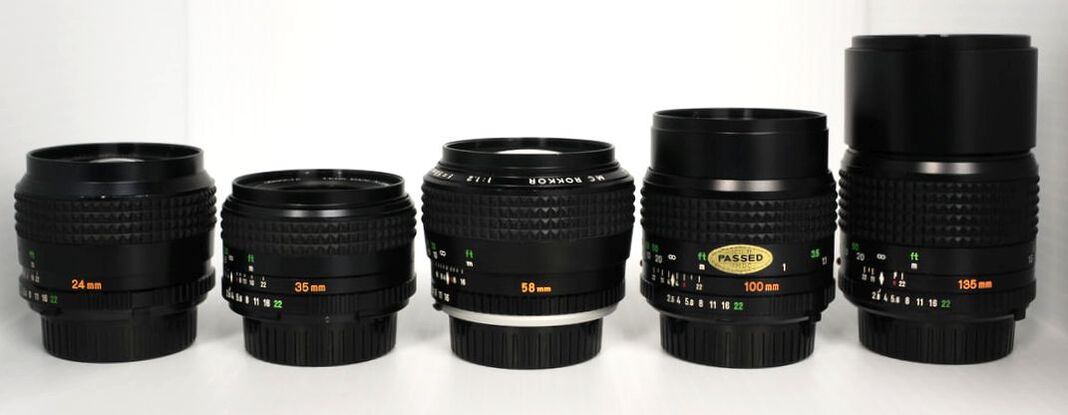
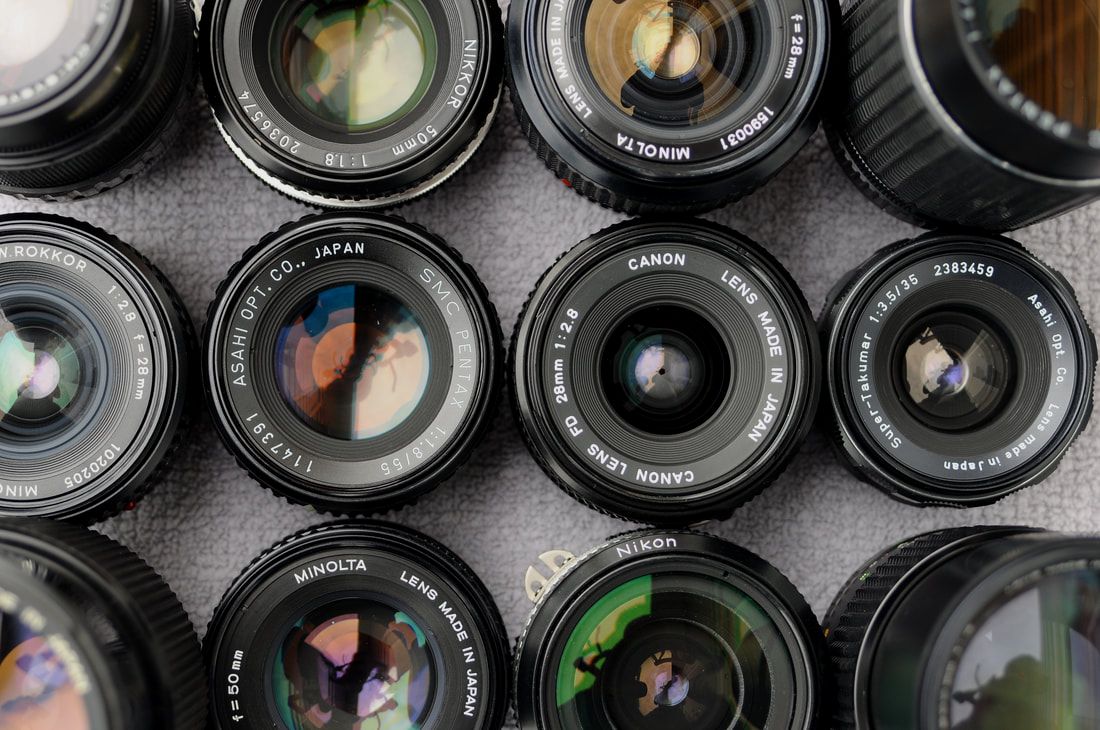
 RSS Feed
RSS Feed